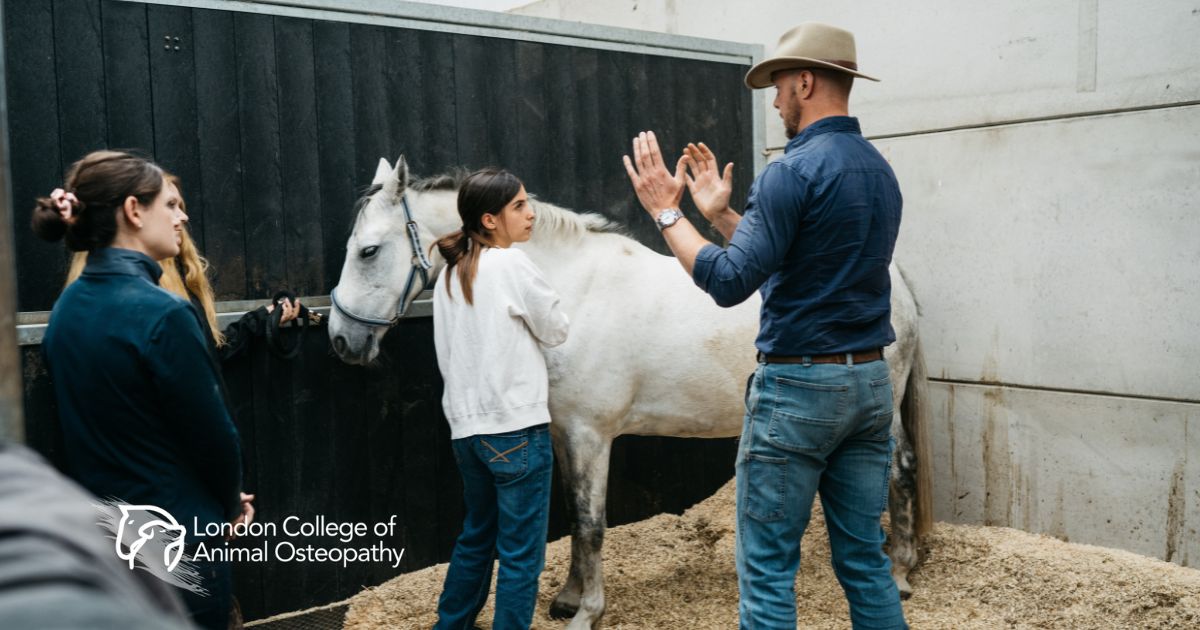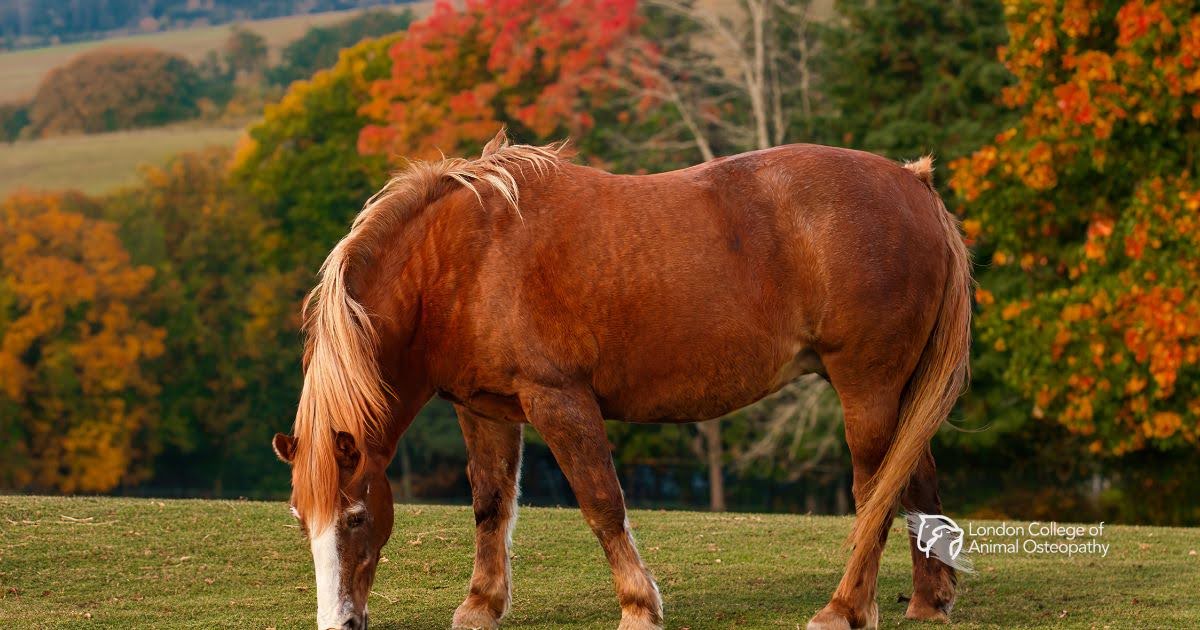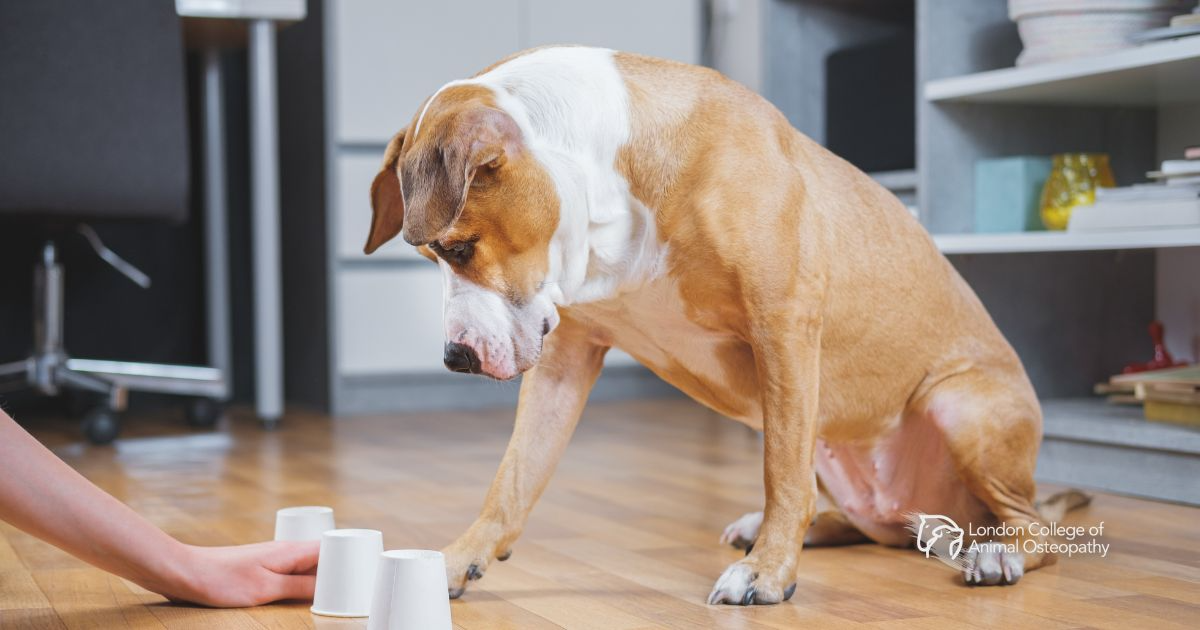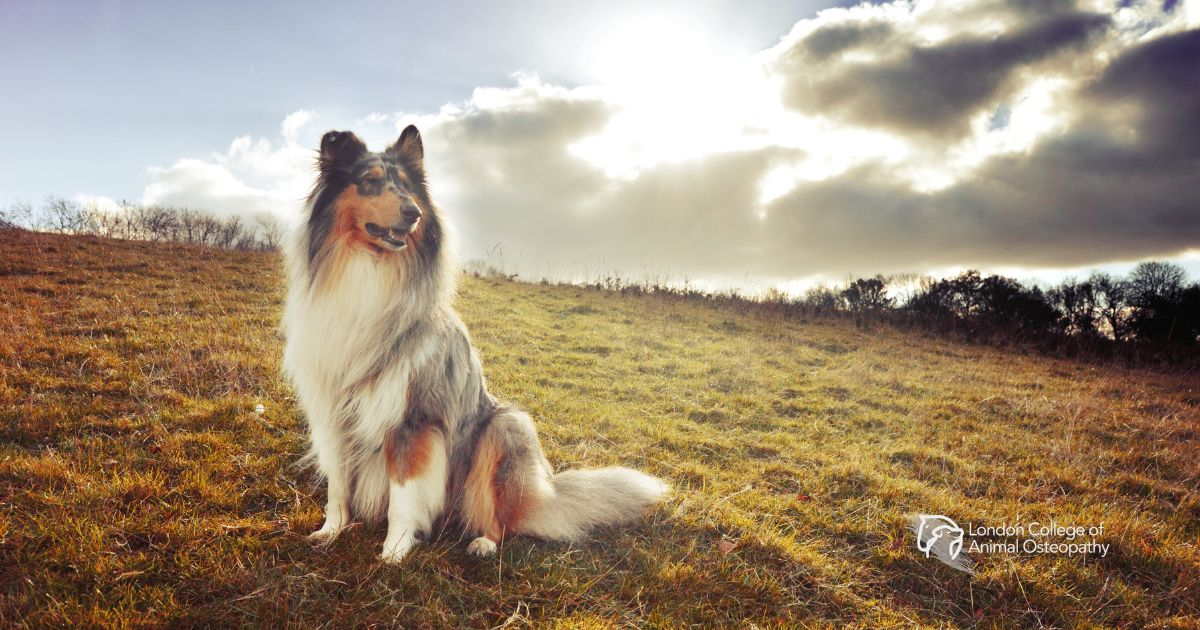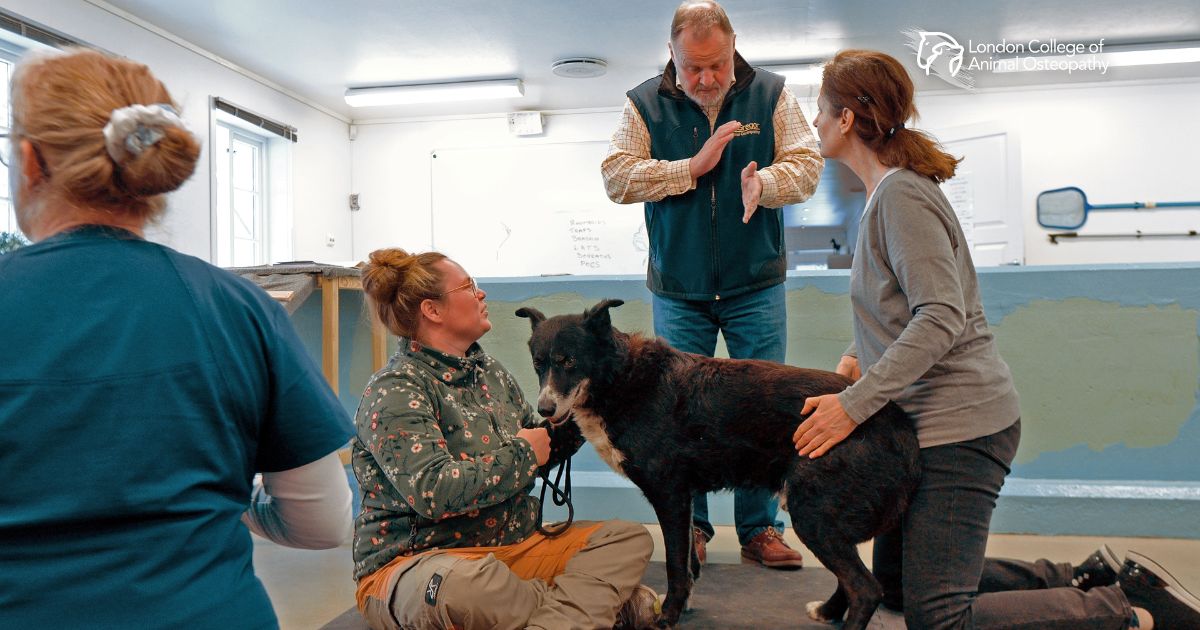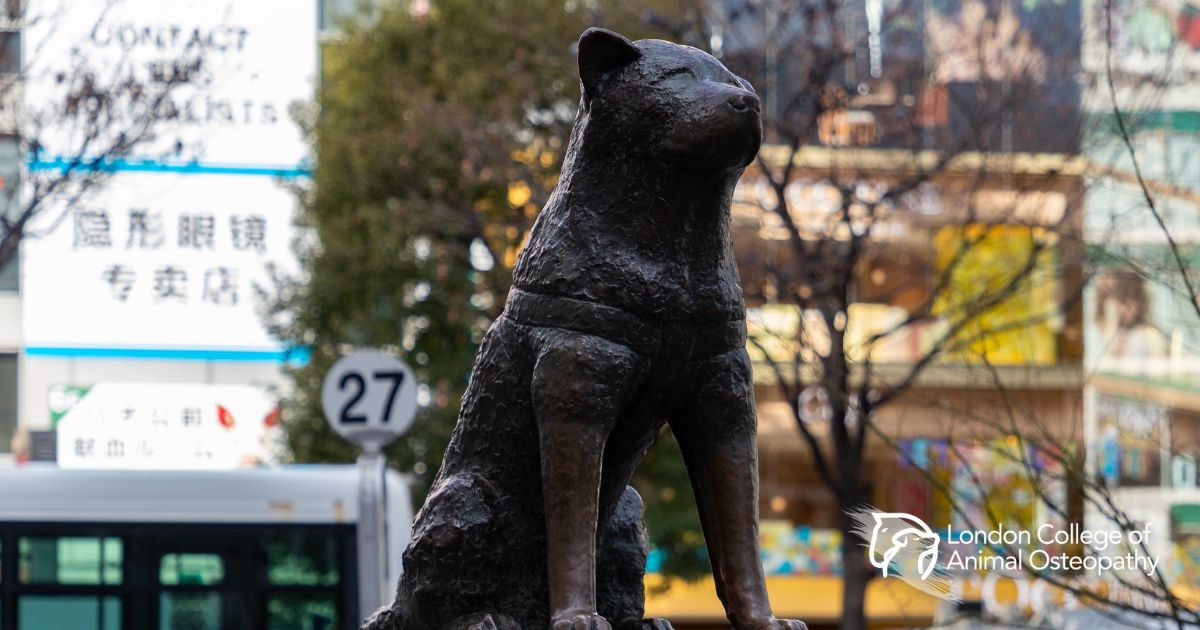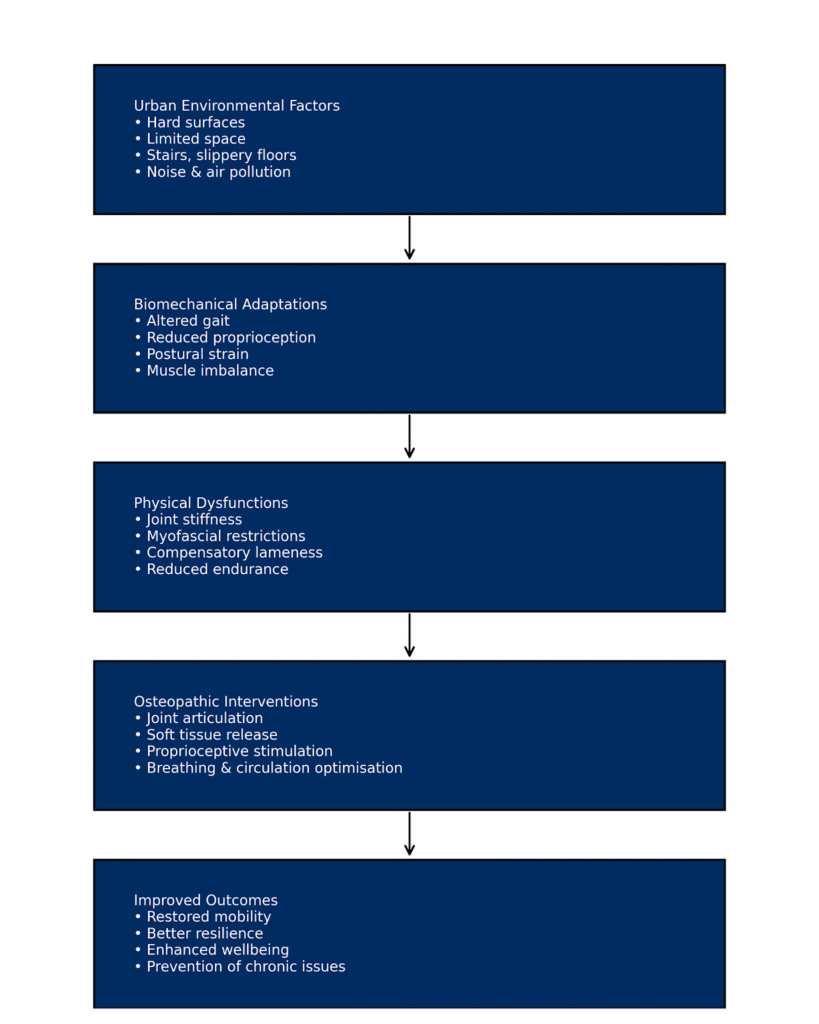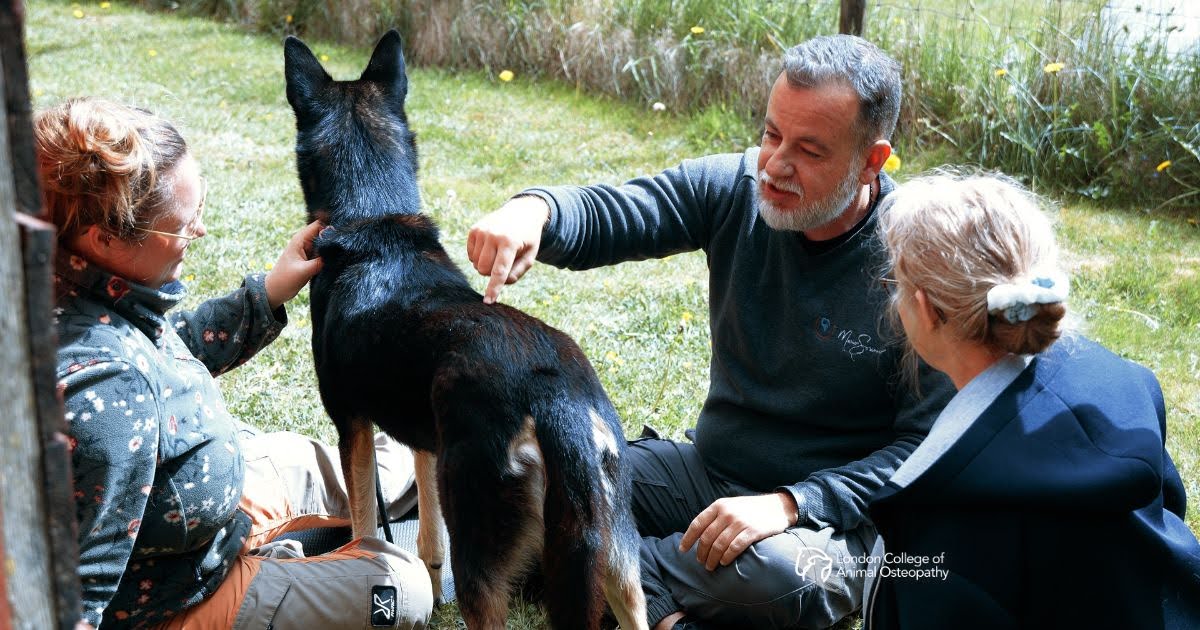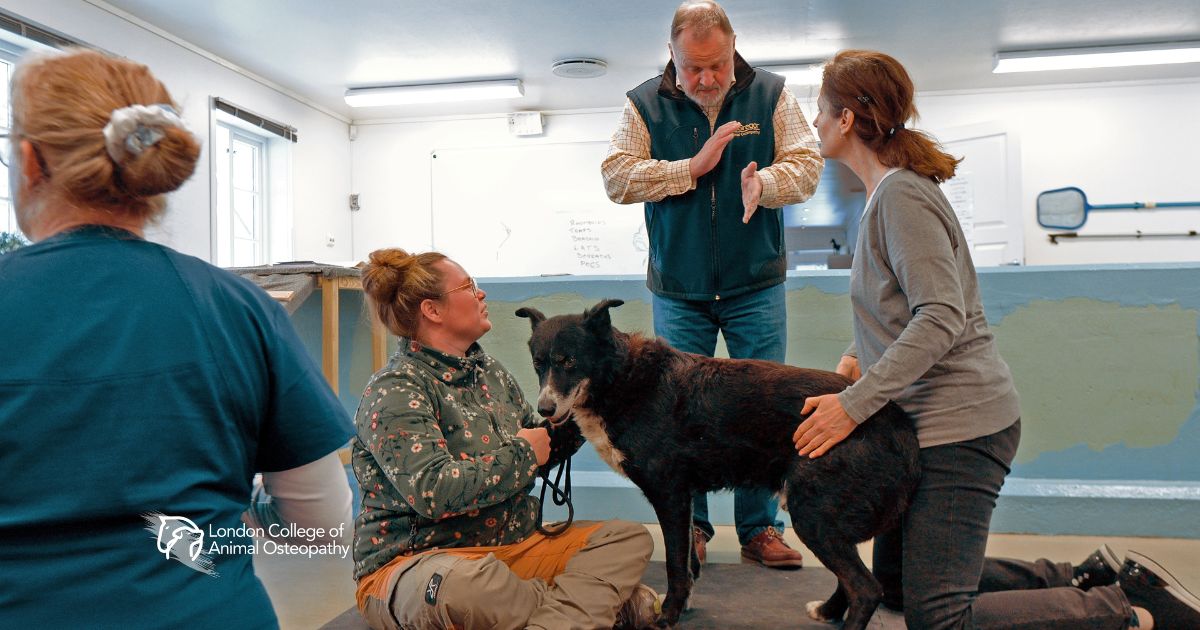Autumn is sometimes thought of as a “safe” season for horses after the spring grass surge – but in many regions, it brings its own laminitis risks that are easily missed. Here we’ll take a look at why autumn can be hazardous, what usually causes laminitis at this time of year, modern veterinary treatments and hoof-management strategies, which practitioners should be involved, and a realistic, evidence-based take on when osteopathy can be appropriate during recovery.
Why autumn is risky (and which risks are often overlooked)
Non-structural carbohydrate (NSC) spikes in pasture
Grasses store carbohydrates (starch and fructans) in stems and roots. Warm, sunny days followed by cool nights – a common pattern in both spring and autumn – can raise fructan and sugar levels in pasture plants. High pasture NSC is a well-recognized trigger for pasture-associated laminitis in insulin-sensitive horses and ponies. Owners often focus on spring grass, but the same physiological plant responses make some autumn pastures risky too.
Management changes and “autumn flush” misconceptions
After hot, dry summers, a period of autumn rain and moderate temperatures can produce a sudden flush of leafy growth. Owners who relax grazing restrictions in autumn (thinking the risk is over) can inadvertently expose susceptible animals to high-NSC forage. Guidance is to monitor pasture NSC risk periods and manage turnout accordingly.
Endocrine causes remain the dominant factor
Across seasons, most laminitis cases in many populations are linked to insulin dysregulation (equine metabolic syndrome and PPID/Cushing’s). Autumn does not change that biology, but seasonal weight changes, feed changes, and grazing behaviour can interact with existing insulin dysregulation to precipitate an episode. In other words, autumn acts as a trigger on top of metabolic susceptibility.
Owners miss subtle early signs
Autumn laminitis is sometimes less dramatic than an acute overload case (eg, grain overload). Instead, owners may see mild foot soreness, changes in gait, short-stridedness on hard ground, or a “not quite right” attitude. Because the classic rocking-back laminitic stance or bounding digital pulses are not always present early, early cases may be missed or misinterpreted. Early veterinary assessment matters.
Common autumn precipitating mechanisms
- Pasture-associated (forage high in fructans/NSC) – sudden exposure to high-NSC grass.
- Insulin dysregulation (EMS) and PPID – chronic endocrine predisposition; autumn can be the season where management changes reveal the problem.
- Obesity/weight gain through summer – autumn – more weight increases lamellar loading and risk.
- Systemic disease/sepsis / grain overload/steroid administration – less season-specific but always important to consider.
Modern veterinary treatment: principles and evidence
Laminitis is a veterinary emergency. Once clinical signs appear, damage to the lamellae is already underway; treatment focuses on stopping progression, controlling pain, protecting the foot, and addressing the underlying cause. Key components:
Immediate veterinary assessment and triage
Rapid evaluation by a veterinarian determines severity, likely cause (endocrine vs inflammatory), and immediate steps (analgesia, stall rest, feeding management). Radiographs (podiatry views) are often taken early to document rotation/sinking and guide farriery.
Analgesia and anti-inflammatory management
NSAIDs (eg, phenylbutazone or flunixin) are commonly used to control pain; more severe pain may require multimodal analgesia under veterinary guidance. Acepromazine has historically been used in some protocols, but treatment must be individualized.
Dietary and management changes
For pasture-associated or endocrine cases: immediate removal from dangerous pasture, provision of low-NSC forage (soaked or tested hay, haylage with known low NSC), and strict weight management. For endocrine disease, long-term medical management (eg, pergolide for PPID) is indicated when diagnosed.
Foot protection and mechanical support (farriery)
Farriery is central to limit mechanical trauma to the lamellae: deep, supportive bedding; frog/sole support (eg, impression material, pads); therapeutic trimming and specialized shoes (eg, heart bar, aluminium or foam supports) in subacute/chronic cases. Close vet–farrier cooperation is critical: radiographs guide trimming/shoeing plans and the timing of interventions.
Cryotherapy (digital hypothermia) — evolving, promising evidence
Experimental and clinical studies indicate that continuous, prolonged cooling of the distal limb (ice-water immersion or specialized cryotherapy devices) can markedly reduce lamellar injury if applied early. The strongest experimental evidence shows substantial protective effects when applied promptly; systematic reviews conclude the evidence is encouraging but call for further randomized clinical trials. Recent device developments (commercial cryotherapy systems and dry cryotherapy sleeves) improve feasibility in clinical practice. Cryotherapy is best directed by a veterinarian who understands timing, duration, and logistics.
Supportive medical care for systemic causes
If laminitis follows sepsis, endotoxaemia, or grain overload, treating the primary disease (fluids, antimicrobials where indicated, anti-endotoxin measures) is essential to reduce further lamellar injury.
Who should be involved — the full practitioner team
Effective laminitis care is multidisciplinary. The core team typically includes:
- Veterinarian (primary clinician) — diagnosis, analgesia, metabolic testing (insulin, ACTH), medical management, radiographs, directing cryotherapy, and overall care plan.
- Farrier/hoof care specialist — therapeutic trimming and shoeing, sole/frog support, regular podiatry follow-up. Their timing and technique must align with the veterinarian’s assessment and radiographic findings.
- Veterinary nurse/technician — monitoring, bandage/ice boot application, medication administration, owner education.
- Equine physiotherapist/rehabilitation specialist — once the horse is stable and weight-bearing, formal rehabilitation (controlled exercise, strengthening, balance work) can be implemented under veterinary guidance. Evidence is growing for structured rehab, but protocols must be individualized.
- Nutritionist / veterinary nutrition advisor — for testing and planning low-NSC diets and long-term weight management.
Communication between these professionals and with the owner is repeatedly emphasised in the veterinary literature as a major determinant of outcome. Early engagement of a farrier and clear role-sharing with the veterinarian improve decision-making and owner compliance.
Osteopathy: when and when not to use it
Short answer: Osteopathic or other manual therapy can have a place as an adjunct in recovery, but only after the veterinary team has stabilised the laminitic foot and given clearance. There is limited direct, high-quality evidence for osteopathy specifically in laminitis, but there is veterinary literature supporting manual therapies for musculoskeletal dysfunction and gait issues more broadly. Use the following practical rules:
Do not use manual/osteopathic treatments in the acute, unstable phase.
While the foot is inflamed, painful, and at risk of ongoing lamellar failure, manipulation that encourages movement or weight-bearing changes (or that distracts from necessary stall rest and controlled support) is inappropriate. Acute management must be veterinary-led (analgesia, cryotherapy, mechanical support).
Once the horse is stable, weight-bearing, and cleared by the vet, osteopathy may help with secondary musculoskeletal issues.
After the laminitic event has been contained and mechanical hoof support established, many horses develop compensatory tension, altered posture, gait asymmetries, and back, sacro-iliac, or cervical dysfunction. Veterinary peer-reviewed articles show that spinal manipulation/osteopathic techniques can alter gait and address somatic dysfunction in horses. Manual therapies are a component of rehabilitation programs used by equine physiotherapists and osteopaths to restore functional symmetry, range of motion, and comfort. However, the evidence base is still small and mostly supportive rather than definitive.
Coordinate care: osteopaths must work under veterinary direction and in partnership with the farrier.
Any manual therapy plan should be integrated with ongoing farriery and veterinary monitoring (radiographs, lameness assessment). For example, changes in hoof mechanics after trimming or shoeing can alter the loading of limb segments; osteopathic work should reflect those mechanical realities. Communication and shared records are essential.
Be conservative with techniques that change limb loading or encourage early return to intense activity.
Rehabilitation after laminitis prioritises a gradual return to controlled exercise only after radiographic and clinical signs permit. Osteopathic treatment should support that goal — relieve compensatory muscle tension, encourage normal movement patterns in a carefully staged program — not shortcut it.
Practical autumn prevention checklist
- Test hay/pasture NSC if possible, or follow local extension/veterinary advice about risky times. Restrict turnout when pastures are likely high in sugars (often late morning to afternoon; avoid flushes after rain following drought).
- Identify at-risk animals (obese, cresty neck, history of laminitis, PPID/EMS) and implement stricter grazing control year-round.
- Maintain a weight-management plan and consult a nutritionist/veterinarian for low-NSC forage options.
- Build a veterinary–farrier relationship before problems occur; podiatry radiographs and a pre-agreed emergency plan save crucial time.
Bottom line
Autumn carries real laminitis hazards that are sometimes underestimated. The pathophysiology is usually endocrine (insulin dysregulation) with pasture or management changes acting as the trigger; pasture NSC/fructan spikes in cool nights/warmer days are a key mechanism. Prompt veterinary assessment, coordinated farriery, diet and weight control, and (where indicated) targeted treatments such as distal limb cryotherapy and medical management are the evidence-based pillars of care. Osteopathy and other manual therapies can be useful later in recovery to address compensatory musculoskeletal problems — but only as part of a coordinated, vet-led rehabilitation plan and not as a substitute for veterinary or farrier interventions.
Q1: Why is autumn considered a risky season for laminitis in horses?
Autumn pastures can be deceptively dangerous. During warm days followed by cool nights, grasses accumulate sugars and fructans (non-structural carbohydrates) that predispose insulin-dysregulated horses to laminitis. Owners sometimes assume the risk ends after spring, but the “autumn flush” of new grass and relaxed grazing restrictions can be just as hazardous. Horses with equine metabolic syndrome (EMS), PPID, or excess weight are particularly vulnerable.
Q2: What is the recommended modern treatment approach for a horse with acute laminitis?
Laminitis is a veterinary emergency. Current best practice includes immediate veterinary assessment, pain relief (usually NSAIDs), strict stall rest, and mechanical hoof support guided by radiographs. In suitable cases, cryotherapy (continuous digital hypothermia) can reduce lamellar injury if applied early. Long-term care involves weight and diet management (low-NSC forage), treatment of underlying endocrine disease (eg, pergolide for PPID), and close collaboration between vet and farrier for therapeutic trimming or shoeing.
Q3: Can osteopathy or manual therapy be used to help horses recovering from laminitis?
Not during the acute phase — when the foot is unstable and painful, only veterinary and farriery treatments are appropriate. However, once the horse is stable, weight-bearing, and cleared by a veterinarian, osteopathy may help address compensatory back or limb tension caused by altered posture and movement. It should always be integrated into a vet-led rehabilitation plan and coordinated with ongoing farriery adjustments.
Blog Post written by:
By Siun Griffin
Animal Physiotherapist and Community Manager at London College of Animal Osteopathy (LCAO).

